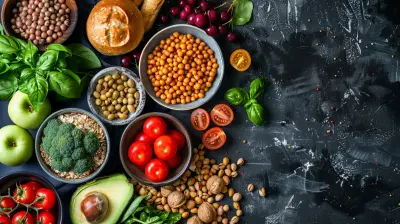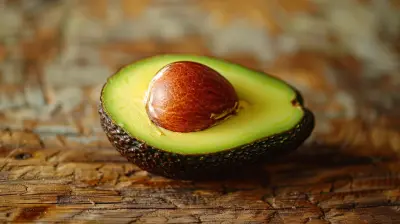Organic vs. Conventional: Understanding Pesticides in Our Food Supply
9 October 2025
Let’s be honest—grocery shopping isn’t as simple as it used to be. Have you ever found yourself staring at two apples, one labeled “organic” and the other “conventional,” wondering what the real difference is? Is one really healthier than the other? Is that price jump worth it? And what’s the deal with pesticides anyway?
You're not alone.
The debate between organic and conventional foods, particularly when it comes to pesticides, continues to grow louder every year. It’s no longer just about what's cheaper or what looks fresher—it’s about what’s really going into our bodies. Today, we're going to break it all down, no jargon, no fluff—just real talk about real food.
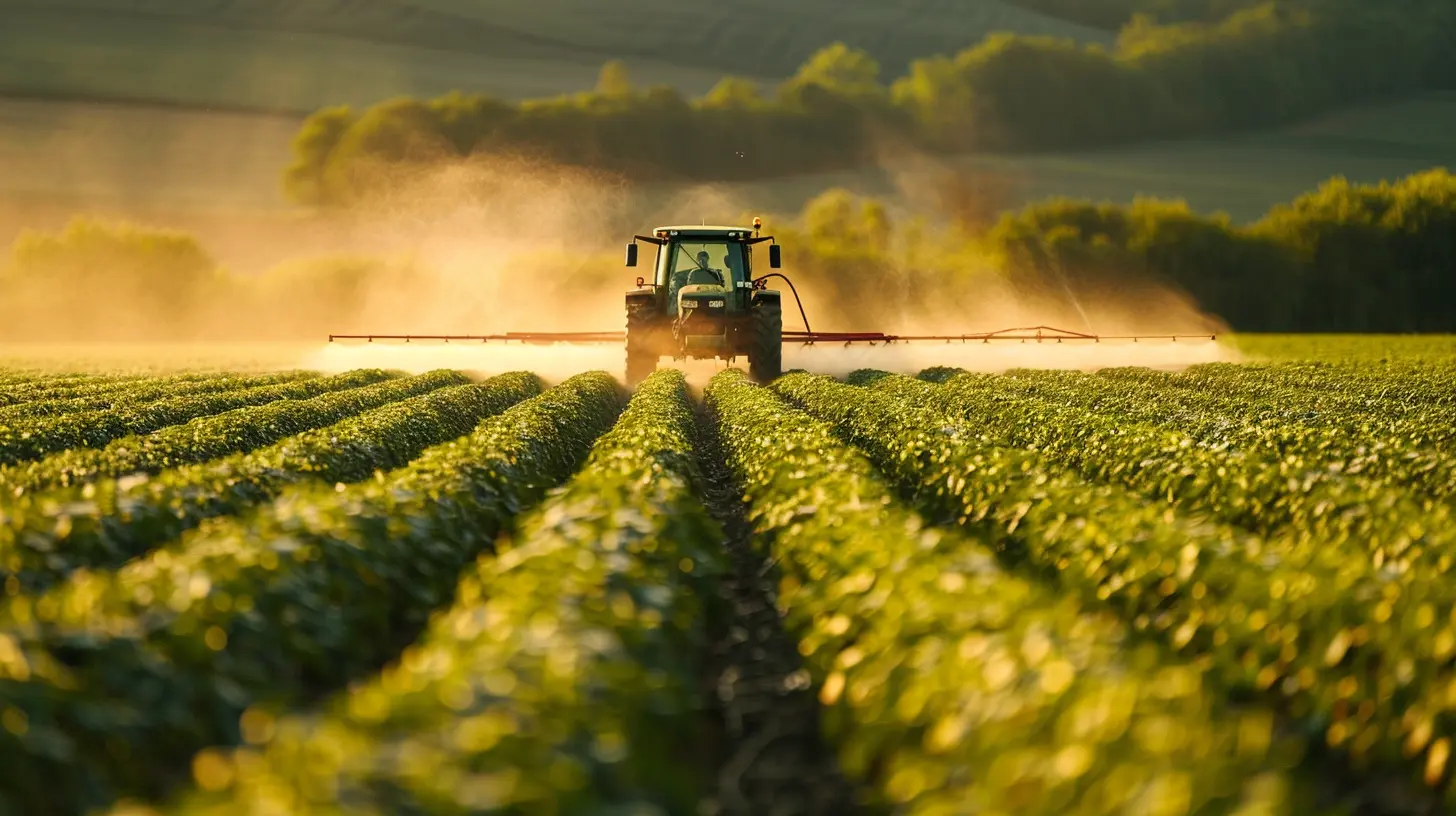
What Are Pesticides, and Why Are They Used?
Let’s start with the basics—what exactly are pesticides?Pesticides are chemicals used by farmers to protect crops. Think of them as the defense squad against unwanted pests like insects, fungi, and weeds. Without them, entire harvests could be wiped out—leaving farms struggling and grocery stores empty.
Now, there are different types of pesticides:
- Insecticides for bugs
- Herbicides for weeds
- Fungicides for mold and mildew
They’re kind of like the antibiotics of agriculture—useful, but with a potential dark side.
Here’s where it gets tricky: while pesticides do help protect crops, they don't just vanish after doing their job. Residual traces can linger on fruits and vegetables, making their way into your kitchen—and possibly, your body.
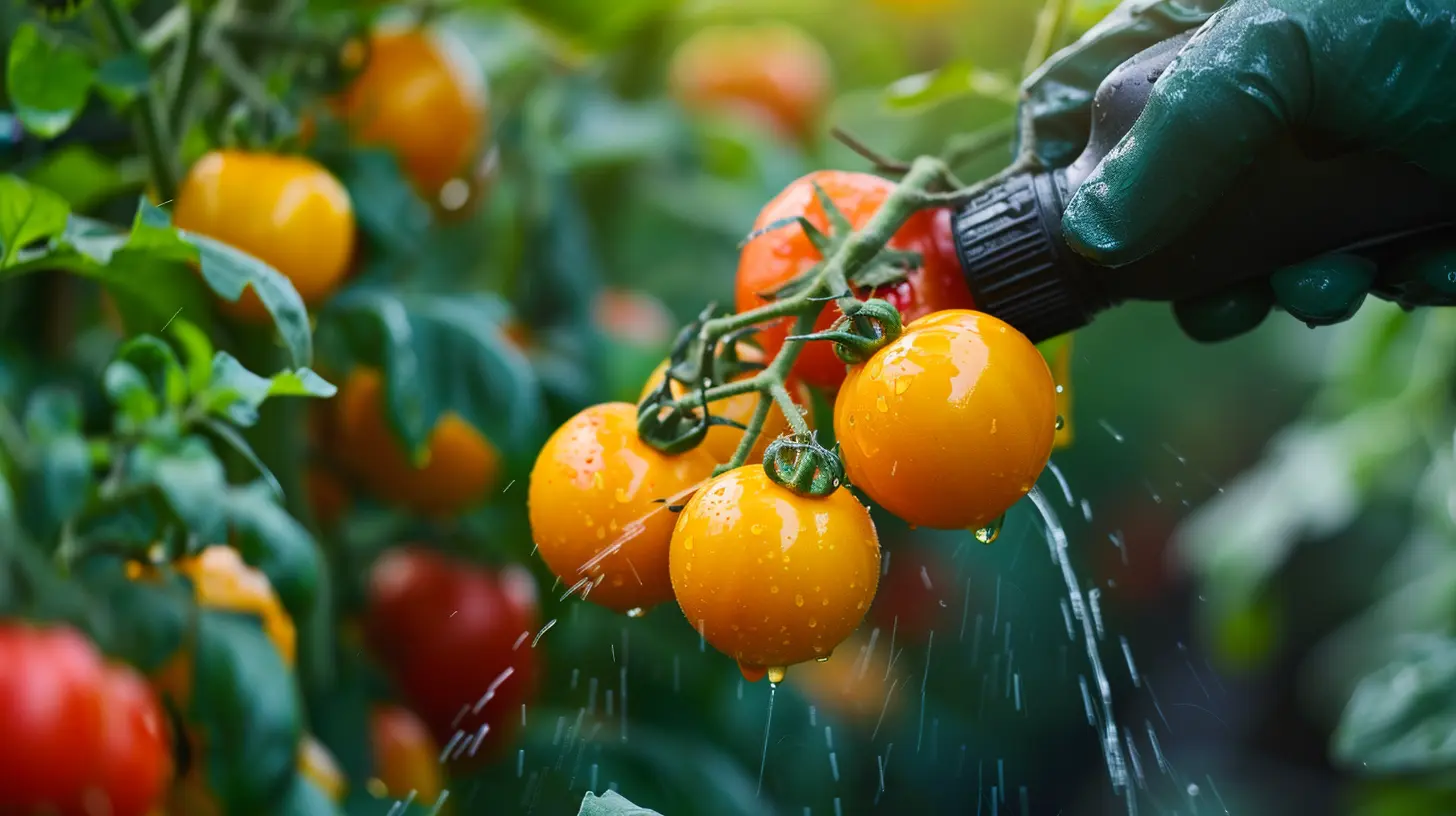
Organic vs. Conventional: What's the Difference?
When you buy organic, you’re essentially paying for food that was grown with fewer synthetic chemicals. Sounds appealing, right?Conventional Farming
Conventional farms use synthetic pesticides, fertilizers, and genetically modified organisms (GMOs) to increase production. They’re focused on quantity and efficiency. These methods help keep grocery store shelves full, often at lower prices.But here’s the catch—those synthetic pesticides can sometimes raise questions about long-term health effects. While government agencies like the USDA and FDA set safety limits, some folks prefer to err on the side of caution.
Organic Farming
Organic farming takes a different approach. It limits pesticide use to natural or non-synthetic substances. That doesn't mean pesticide-free—but the types used are generally considered less harmful to both people and the planet.Organic farmers also use crop rotation, biological pest control (like releasing ladybugs instead of spraying bug-killer), and compost instead of chemical fertilizers. It's a more holistic approach, putting soil health, biodiversity, and sustainability at the forefront.
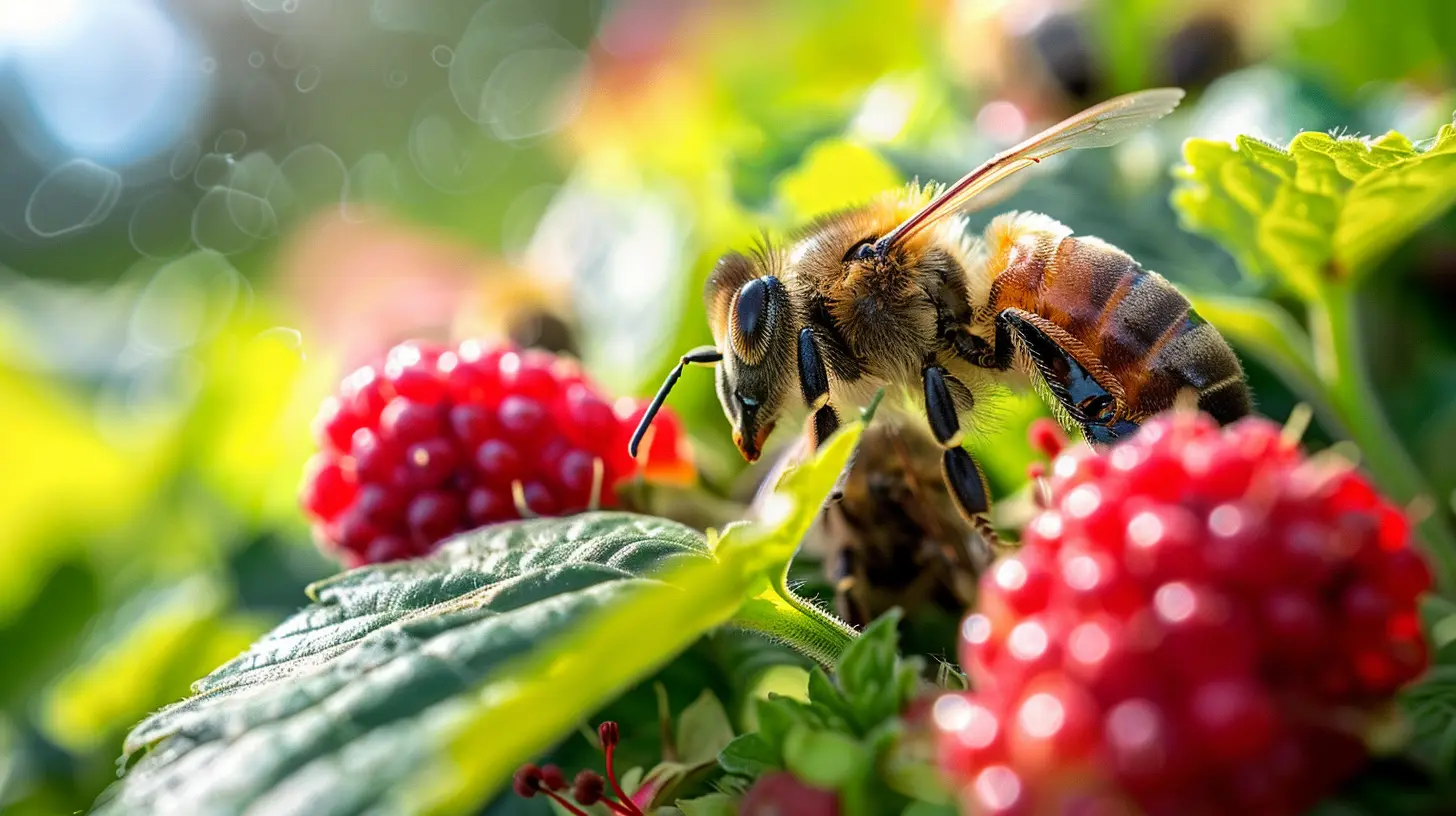
Are Organic Foods Really Pesticide-Free?
Here’s a common myth: organic = pesticide-free. Not exactly.Organic farmers are allowed to use natural pesticides approved by the USDA. These are typically derived from plants, minerals, or microbes rather than lab-born chemicals. They're considered safer but that doesn't automatically make them risk-free.
So, yep, even your precious organic banana might’ve had a little help fending off pests. The big difference is in what kind of help it got.
To put it simply: It’s not about pesticide use—it’s about pesticide type and quantity.
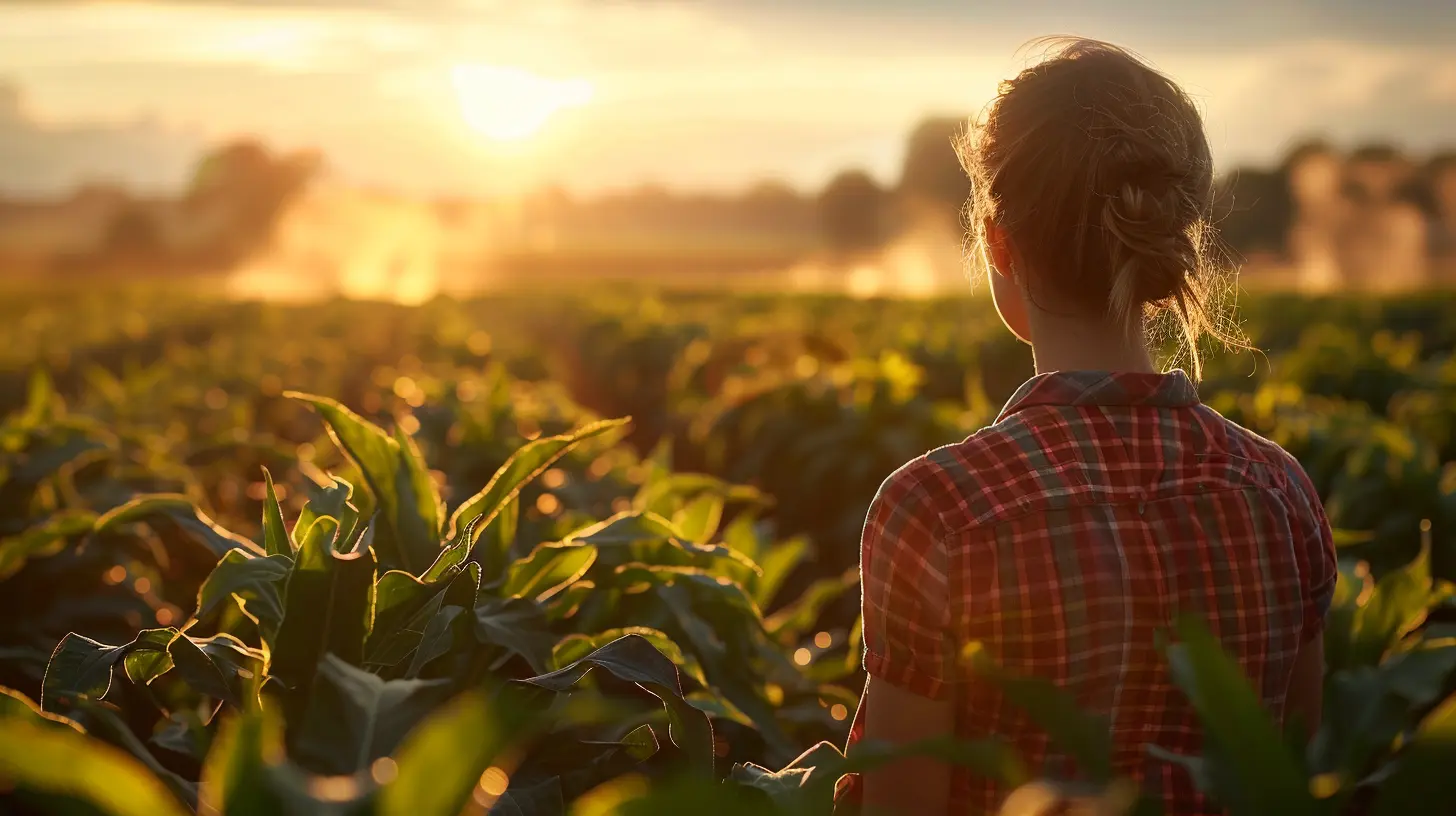
Health Impacts: Should You Be Concerned?
Let’s be real here—no one likes the idea of biting into a pesticide-laced apple.But does eating conventional produce pose a real health risk?
Conventional Produce
Regulatory agencies like the EPA (Environmental Protection Agency) set strict limits on how much pesticide residue can remain on our food. These limits are considered safe for human consumption, even over a lifetime. But studies have shown that long-term exposure, especially in higher amounts or for vulnerable groups (like children and pregnant women), might be linked to issues like hormone disruption, cancer risk, or neurodevelopmental problems.Keep in mind: we don’t eat pesticides straight up, but even tiny residues might be enough to raise eyebrows over time.
Organic Produce
Organic foods tend to have significantly lower pesticide residues. One study even showed that switching to an organic diet reduced urinary pesticide levels in children by nearly 90% in just a few days.That’s pretty impressive, right?
Still, “organic” doesn’t automatically mean “healthier.” It’s part of a bigger picture—one that includes how food is grown, what’s left on it, and how often you eat certain foods.
Are Organic Foods More Nutritious?
Ah, the big question: do organic foods pack more of a nutritional punch?The short answer? Maybe, but it’s not a game-changer.
Some studies show slightly higher levels of certain nutrients in organic produce—like antioxidants in berries or polyphenols in tomatoes. Others show little to no difference. So while you might get a small boost, it won’t make up for an overall unhealthy diet. Don't expect those organic carrots to cancel out a fast-food binge.
That said, fewer pesticides and chemicals might mean less burden on your body over the long haul. That’s worth considering.
Environmental Impact: Beyond the Plate
Let’s zoom out for a second.The pesticide discussion isn’t just about what ends up on your salad—it’s also about what ends up in the soil, water, and air.
The Conventional Route
Synthetic pesticides can seep into groundwater, harm bees and other pollinators, and disrupt local ecosystems. Runoff from conventional farms may contribute to things like water pollution and even algae blooms in nearby lakes and rivers.Not exactly a feel-good legacy.
The Organic Angle
Because organic farming avoids most synthetic inputs, it tends to be more eco-friendly. It promotes richer soil, encourages biodiversity, and supports pollinators. It’s like giving the planet a little breather.But—(and there's always a “but”)—organic farming usually yields less per acre. So, producing the same amount of food may require more land. It’s not a perfect solution, but it’s a step in a more sustainable direction.
Cost Factor: Is Organic Worth the Price?
Let’s talk dollars and cents.Organic food is almost always more expensive. Sometimes we’re talking pennies, other times dollars. That’s because organic farming is more labor-intensive, the yields are lower, and certification processes cost money.
The question is—are you paying for better health, a cleaner environment, or just a fancy sticker?
Here’s a balanced approach: prioritize buying organic for the produce most exposed to pesticides. The Environmental Working Group (EWG) updates its “Dirty Dozen” and “Clean Fifteen” list each year, highlighting which fruits and veggies typically have the highest and lowest pesticide residues.
This way, you can eat smarter without maxing your grocery bill.
Washing Produce: Can It Help?
Absolutely. Whether you buy organic or conventional, always give your fruits and veggies a good rinse.Peeling and scrubbing can remove some residues, but keep in mind—it won’t get rid of everything, especially chemicals that have seeped into the food itself.
A simple water rinse is usually enough, but some people like to soak produce in a solution of baking soda and water for a deeper clean. Hey, if it helps you sleep better at night, go for it.
Making Peace with Your Plate
Let’s take a breath here.Organic vs. conventional isn’t a black-and-white issue. There are pros and cons on both sides. Here’s what really matters: eating more real food, and less processed junk.
Whether it’s organic kale or conventional spinach, the fact that you’re eating greens at all is something to celebrate. Perfection isn’t the goal—progress is.
If you can afford to buy organic, great. If not, don’t stress. Make informed choices, wash your produce, and remember: the best diet is the one you can sustain.
Final Thoughts: So, Which Should You Choose?
At the end of the day, it’s about balance, not obsession.Organic foods can offer fewer pesticide residues and a lighter environmental footprint, but conventional foods are still safe to eat and more accessible. The key is understanding what goes into your food and making choices that align with your values, your budget, and your health goals.
You don’t have to choose one side. Mix and match. Be mindful, not militant.
And remember—your health isn’t just shaped by one apple. It’s shaped by a lifetime of habits.
all images in this post were generated using AI tools
Category:
Organic FoodsAuthor:

Laurie Barlow
Discussion
rate this article
1 comments
Melody McCullough
Great insights! Understanding the differences between organic and conventional foods empowers us to make healthier choices and enjoy our meals even more! 🌱🥕
October 21, 2025 at 3:45 PM

Laurie Barlow
Thank you! I'm glad you found the insights helpful. Empowered choices lead to healthier meals! 🌱🥕

